NFTs, or “non-fungible tokens“, appeared in 2017 and are a technology with a wide range of uses and high economic potential, affecting several sectors such as art, music, video games and fashion. Several record sales have brought NFTs to the attention of the general public, such as the sale by Christie’s auction house in March 2021 of the work “Everyday’s: The first 5000 days” by the American artist Beeple for 42,329,453 Ethereum (ETH), i.e. 69.3 million dollars. Nevertheless, the lack of specific regulation of NFTs raises many questions.
Non-fungible tokens (NFTs) are crypto-assets that, because of their non-fungibility, guarantee the authenticity and traceability of the digital files to which they refer. In concrete terms, NFTs are tokens registered on the blockchain, an operation deemed inviolable and tamperproof, which include a series of alphanumeric characters specific to cryptography, as well as, metadata allowing the author’s identification and the files they intend to protect.
The use of NFT and blockchain technology in the field of art (crypto-art) is growing. Indeed, the NFT is a certificate of authenticity certifying to the authorship and integrity of the work. Thanks to its unique identification key, only the holder of the NFT can claim possession of the item that the token is intended to protect. The work of art is thus guaranteed by a digital file to which the NFT refers.
However, as evidenced by the action brought by the Hermès luxury group in January 2022 before the Federal Court of Manhattan (United States of America) against the artist Mason Rothschild, the use of NFT works is likely to infringe the Group’s potential intellectual property rights. The company is accusing the artist, who sold 100 “MetaBirkins” NFTs inspired by its famous Birkin bag model on the OpenSea marketplace, of infringing the Group’s brand as well as the copyright and other intellectual property rights attached to the bag in question. According to the luxury goods company, these digital works were fake Hermès products in the virtual universe (metaverse).
Nowadays, the Hermès Group, which has not yet invested in the NFT market, is the first to take a legal action on the basis of the metaverse. Actually, the question has not been resolved, but the financial stakes linked to this action are considerable, the artist having sold his works for a little over 1.1 million dollars. The luxury goods company is particularly critical of the artist for selling his NFTs under the name of “MetaBirkins” because of the precious nature of the emblematic Birkin bag, a product that can be sold for several hundred thousand euros.
For his part, the american artist Mason Rothschild invoked his right to freedom of expression on the basis of the First Amendment to the US Constitution. Comparing his “MetaBirkins” to Andy Warhol’s Campbell’s Soup Cans, the artist retorted that nothing forbids him from creating and selling works representing Birkin bags.
Counterfeiting is defined as any infringement of an intellectual property right, such as the reproduction, imitation or total or partial use of a trademark, patent, model, copyright or software, without the authorization of its owner. It is both a civil and a criminal offence. In addition to compensation for the damage caused by his activity, the counterfeiter is liable to imprisonment and a fine, accompanied, where appropriate, by additional penalties such as confiscation or destruction of the infringing objects.
In this case, the judicial authority could condemn the artist and order the confiscation or even the destruction of the digital files linked to the “MetaBirkins” deemed to be counterfeiting. This destruction, which would concern the digital file that the NFT intends to protect, would have the effect of making it lose all market value, since it would be emptied of its substance.
In general terms, if in the future, an artist of NFT works could be sentenced of counterfeiting, what about the person who acquired or resold the counterfeiting object on the blockchain?
Ultimately, the emergence of NFTs raises new legal issues that have not yet been addressed by the legislative and judicial powers. A European regulation on crypto-asset markets is currently being examined by the European institutions, but it seems to exclude NFTs from the project.
Published on march 16, 2022


